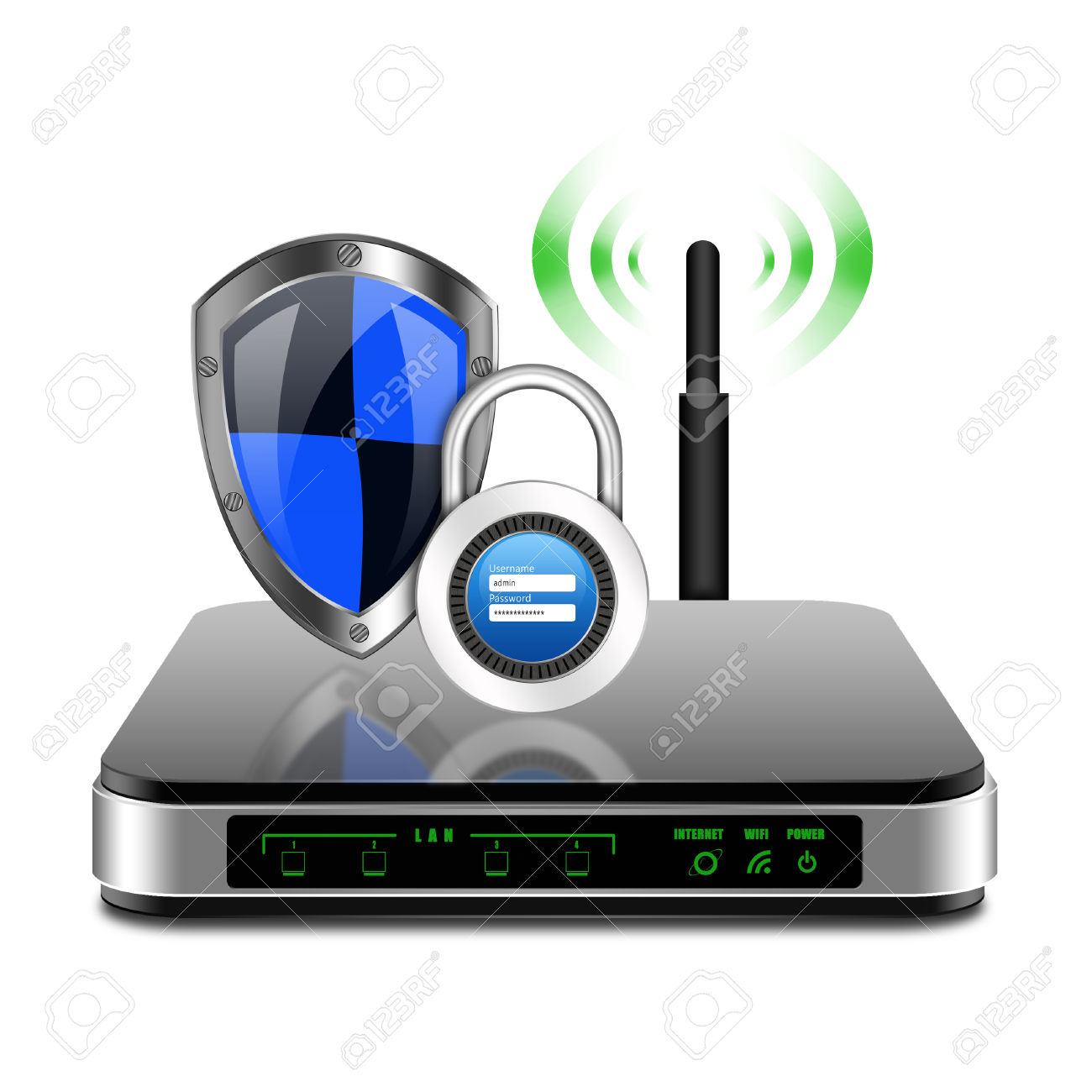The growth of devices connected to Wi-Fi
October is National Cybersecurity Awareness Month. All month long, we'll be promoting a safer, more secure, and more trusted Internet. This week’s theme is, “Today’s Predictions for Tomorrow’s Internet."
It's thought that by 2020, more than 20 billion things will be on the Internet. As more and more things become Internet-enabled (including watches, cars, appliances, and toys), it’s important to apply and promote smart security thinking to those items.
Securing Your Home Network
Internet-enabled devices can bring a level of convenience to our lives. But, they require us to share even more information. Unfortunately, many companies making these new devices are not designing them with security in mind, and cybercriminals are finding vulnerabilities. Still, there are steps you can take to protect yourself from unsecure devices.
- Change the name of your network from the manufacturer’s default to something personal to you. This step will prevent attackers from easily knowing the brand of router and taking advantage of any known vulnerabilities associated with it. Replace the default password with a unique, strong one of your choosing. Make sure you check periodically for any updates to your router’s software so you have the latest version. You should also consider setting up a firewall.
- Turn on WPA2 encryption on your wireless router. When choosing your router’s level of security, opt for WPA2 – if it's available – or WPA. Both of these options are more secure than WEP. If there is an option for "Remote Management," turn that off.
- Set up a guest login for your network. If someone visits your home, you can share the guest password with them, not your password. Please note: not all routers support this feature.


